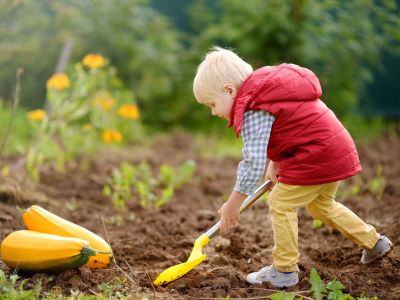Creating Your Fall Garden Planner
Planning for the fall garden will help you organize your thoughts and goals and put them into action-oriented steps. Where you live and what your climate is like will determine when and how you do these tasks. Regardless of your zone, there are some typical tasks that should be in your autumn garden planner:
Get more life out of annuals. Trim back leggy annuals, deadhead if necessary, and add a fertilizer to get more blooms.Put in cool-weather annuals. As the weather turns, transition to pansies and hardy mums.Plant spring bulbs. Get tulip, daffodil, hyacinth, and other spring-blooming bulbs in the ground.Shore up mulch. Fill in the gaps in beds and add extra mulch to your more tender perennials.Work on the lawn. Fall is a good time to sow new grass if you have empty patches. Do it well before the first hard frost though. Also, give the lawn a good round of fertilizer and consider aerating.Plant new shrubs or trees. To avoid the stress of summer heat and drought, fall is ideal for putting in new trees or shrubs. Water regularly until winter to get roots established.
Plan out a Fall Garden for Cool-Weather Veggies
In fall you can extend your vegetable season by growing another round or two of those that tolerate cooler weather. To know what to plant when, first check with your local extension office to determine the first hard frost. Look at the time to maturity for seeds and begin growing them with enough time to get in a harvest before the frost date. If you are using transplants instead of seeds, adjust the date a little bit. You can get away with planting these outside later. Some of the cool-weather veggies to put in your fall plan include:
BeetsBroccoliBush beansCabbageCarrotsChardKaleLettucePeasRadishesSpinachWinter squash and pumpkins
Also, consider plants that you can put in the fall garden for a spring harvest. Onions, shallots, and leeks, for instance, can be started in fall to be harvested in early spring.
